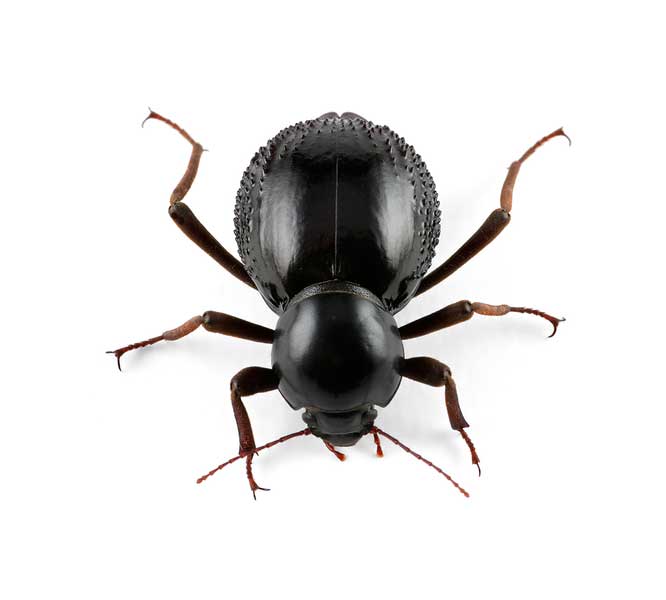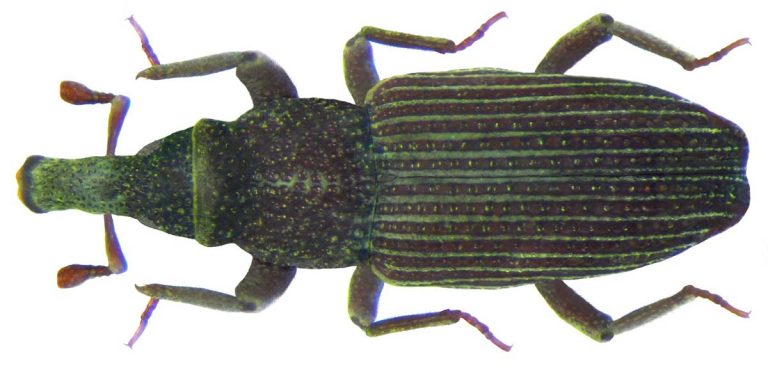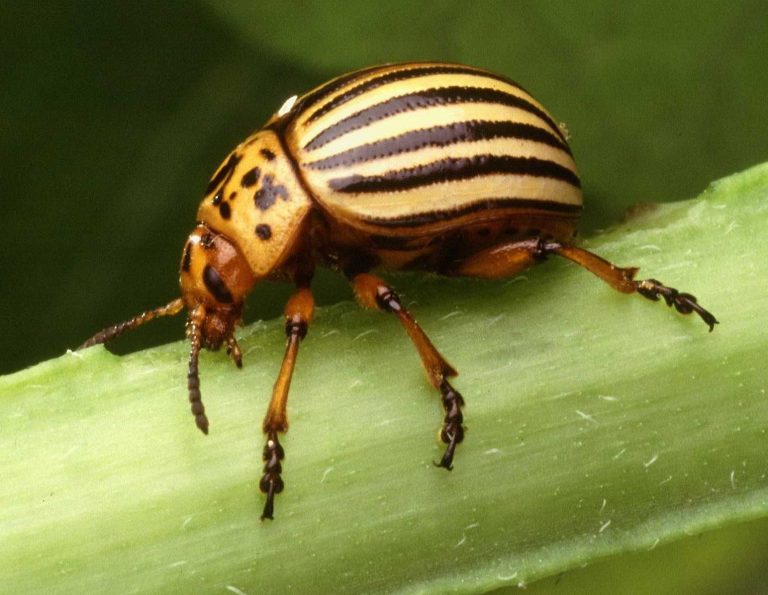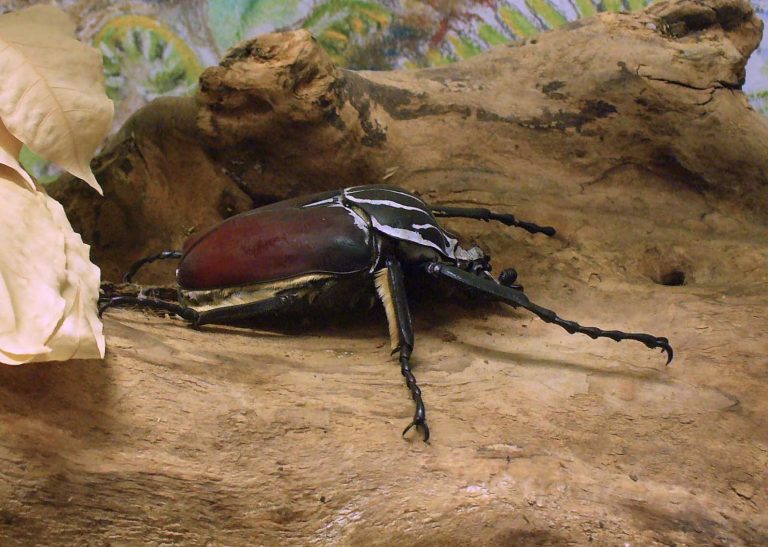Do Carpet Beetles Bite?
At the beginning of 1948, many groups of researchers and dermatologists studied the case histories of several patients who were affected with severe dermatitis as a reaction to coming in contact with the species, the carpet beetles that belong to the family Coleoptera. They also experienced other symptoms, including papulovesicular eruptions, priorities, and itching. Many clinical tests and Biopsies conducted on these patients confirmed that their uneasiness was caused due to coming in contact with the hair present on the larvae of this beetle belonging to the four genera, namely, Trogoderm, Dermestes, Attagenus, and Anthrenus.
Clinical Symptoms
There are till now several case studies and reports that describe the allergic reaction caused by contacting the hair on the carpet beetle larvae. These reactions are considered according to the complaints like itching, biting or rashes. In some other cases, even irritation in the eyes and respiratory tract has also recorded. But generally, those people who are continually exposed to the hairs of this creature are seen to be sensitized.
Description
Anthrenus
The carpet beetles of the genus Anthrenus are basically oval in shape that attains a length of 2 to 3.5 mm. Its body is covered with flattened hairs that are also referred to as colored scales. The most common species encountered in various locations is the varied carpet beetle, biologically termed as Anthrenus Verbasci. It often attains a length of 3mm. The adult form of this beetle consists of yellow, white and black scales, whereas the larval form is cream in color with pale golden hairs that have sharp edges and appear lancelet. Besides this, the segments between five and seven near the abdominal area consist of host tufts that are the hair in the modified state that has a spear shape, and is seen on the posterior segments of abdominal area in a form of a bunch.
Attagenus
The carpet beetles of the genus Anthrenus are basically oval in shape that attains a length of 2 to 3.5 mm. Its body is covered with flattened hairs that are also referred to as colored scales. The most common species encountered in various locations is the varied carpet beetle, biologically termed as Anthrenus Verbasci. It often attains a length of 3mm. The adult form of this beetle consists of yellow, white and black scales, whereas the larval form is cream in color with pale golden hairs that have sharp edges and appear lancelet. Besides this, the segments between five and seven near the abdominal area consist of host tufts that are the hair in the modified state that has a spear shape, and is seen on the posterior segments of abdominal area in a form of a bunch.
Attagenus
The carpet beetles of the genus Anthrenus are basically oval in shape that attains a length of 2 to 3.5 mm. Its body is covered with flattened hairs that are also referred to as colored scales. The most common species encountered in various locations is the varied carpet beetle, biologically termed as Anthrenus Verbasci. It often attains a length of 3mm. The adult form of this beetle consists of yellow, white and black scales, whereas the larval form is cream in color with pale golden hairs that have sharp edges and appear lancelet. Besides this, the segments between five and seven near the abdominal area consist of host tufts that are the hair in the modified state that has a spear shape, and is seen on the posterior segments of abdominal area in a form of a bunch.
Demestes
The carpet beetles from the Dermestes genus are comparatively larger than the above species, as it commonly attains a length of 7-10 mm. It had an elongated oval-shaped body, full of hairs that look closer to the surface of the body. The most commonly found species belonging to this genus are the Dermestes Lardarius, commonly referred to as Larder Beetle. The adult form is mostly encountered in the homes, and can be easily identified by their unique hair bands of tan or yellow shade throughout the body”s midsection, which looks in contrast to the black shaded head, hind part of the forewings, and the pronotum. This yellow band also consists of six black spots and the lower portion of the legs and the body are covered with tiny hairs of yellow color. The larval form looks more hairy and has a dark brown color with two horn-shaped projections that are situated on the last segment of the abdominal portion. The larvae have an elongated body shape that attains a length of 11 to 13 mm.
Trogoderma
The adult beetle of the Trogoderma genus is small and attains a length of 2 to 5mm. It has an oval or elongated body shape, and is covered in multicolored hair that looks like arranged in a pattern. The bigger Cabinet Beetle, biologically named as Trogoderma Inclusum attains a size of 2 to 3.5 mm, and has a pattern of white colored three bands of hair on the red background of the body. The larval form attains a length of 6.3mm, and it has lancelet hair along with many thinner, longer hairs that extend throughout the last segment in the abdominal area.
Life Process
Duration of the wheel of life differ much in Dermestids. Some groups hatch out of the eggs and become mature within six weeks whereas some other categories attain total maturity in one year or further. Dermestids have four stages in life with which they are subjected to entire transformation, namely, egg, larvae, pupa, and adult.
Females select fissures or concealed places to place their eggs. The larvae molt in sixteen phases, and thereafter, succeeding the pupal stage, mature ones come up prepared for copulation.
Biology
Most species of carpet beetles are able to fly and hence, are considered as serious pests that can infest the homes during the season from spring till the beginning of the fall. Many of the infestations are caused by the entrance of contaminated food in the house. The larvae form of this beetle is mainly found in a various animal by-products. The main food source in which this species are commonly found are the museum specimens, dried fish, pet food in a dried form, feathers, seeds, dead insects, corn meal, wasp/bee nest, spices, silk, woolen rugs, dried cereals, potato chips, fish meal, dried carcasses and many more. Not all the species of carpet beetles attack this wide range of items. Some are found in dried carcasses, while others are found on dead insects. Some others prefer infesting grains and food stuffs.
Managment
To successfully control the infestation caused by the carpet beetles is by initially locating the infestation source. It can be anything, like a wooden toy, dirtied woolen socks, carcasses of animals or birds, dead insects and other animals. If you locate the source of infestation, then immediately clean the surrounding and the infested item or destroy it. Whereas, if the source is still unknown, but you can still see find many beetles in your house, then you can make use of pesticides or insecticides that are helpful to control this type of beetle. Regularly vacuum the carpet, curtains and furniture to avoid the growth of larvae of this beetle. Applying boric acid to the carpets, furniture and other infestation prone areas is another method to control this beetle. Moth balls are also very effective in preventing this beetle from entering your clothing and fabrics. You can store your clothes in a box containing mothball pack.
Warning
Pesticides and insecticides are poisonous; hence, before using, make sure you read and follow the instructions provided on the label on the carton of such harmful chemicals. Handle carefully while using it in the house, and store properly in its original container that has its label. Keep out of the reach of pets and children. Do not pollute the rivers, ponds, streams or forage.

Having discovered a fondness for insects while pursuing her degree in Biology, Randi Jones was quite bugged to know that people usually dismissed these little creatures as “creepy-crawlies”.







